We visited Tenerife twice: first in February - March 2021, and then in September - October 2022. After our first full month spent there, we started writing about this magnificent place we didn’t now exist. Many friends have showed us photos from Tenerife, but none were anywhere close to what we experienced on this small island. Most people are attracted by the beaches in the south of the island, while we are a bit more adventurous and explorers. We simply can’t stay in one place, we are always wandering around to the last road or path that we haven’t stepped on.
Our trip to Tenerife exceeded our expectations and some of our friends were also amazed by the photos we shared with them from the same island they visited. While Tenerife is popular for its beaches and parties, there is more to it than meets the eye and this is what we also highlighted on our blog.
Tenerife is an island well-suited for extensive exploration. On our blog we are providing a summary of the places we consider among the most scenic, peaceful, full of Spanish culture, and entertaining. We hope this will serve you well to start planning your trip to Tenerife. Let us know in the comments if you have any questions or suggestions.
Climate on Tenerife
From burning sun to rain and from sea level to almost 3800 meters altitude, Tenerife climate consists of a multitude of microclimates.
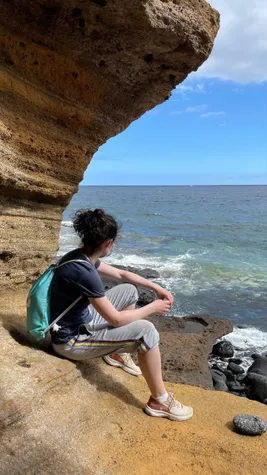
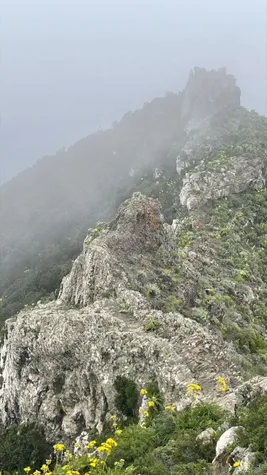
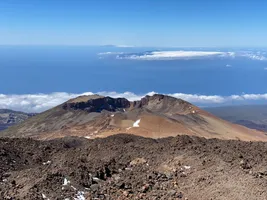
Tenerife is probably the most diverse place we’ve seen due to its climate. The high volcano in the middle of the island keeps the cold air and the clouds in the north of the island. Therefore, the north sees more rain than the south. The north is full of vegetation and has lower temperatures, while the south is more desert-like with less plants and higher temperatures.
If you go at higher altitude, you can even find snow and close to 0°C (32°F) even if in the south, at sea level, in the same day there are 29°C (84°F).
You might start hikes at sweating-hot temperatures and reach fog, wind, rain and temperatures of 13°C (55°F).
For this reason we thought climate is worth mentioning so you can prepare yourself for the trip ahead.
Moving Around Tenerife
Public transport has its place while traveling, but on Tenerife renting a car is the best option.
Sometimes we go with the public transport, because it allows you to tap into the local culture and the locals’ way of living (e.g. Japan). But when waiting for and catching the public transport has to be done too often you end up losing a lot of time and not being able to enjoy the present moment because you are stressed by the public transport schedule.
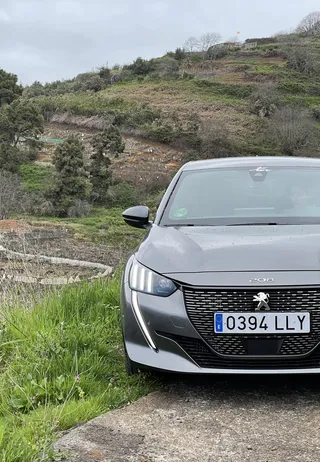
If you’re not there just for the beaches, and I assume you are not, then renting yourself a car is the best option. When choosing a car you should keep in mind that Tenerife has a lot of narrow streets. Also, almost all roads have asphalt, so you don’t need a SUV. With that in mind, we chose a small Peugeot 208 GT.
Roads in Tenerife are also either steep or wavy, we recommend automatic transmission, especially if one of the passengers has motion sickness. At the end of the day if you travel a lot by car, the driver will feel less tired with an automatic gear box and will also be able to enjoy the nearby landscapes more.
Tenerife’s road seem to have a bad reputation among travelers, some even avoid renting a car and driving around. We had no problem at all driving in Tenerife, although the roads do require attention and caution, but this is not something to be scared of, just don’t speed, respect the rules and respect other drivers as well.
Geology
Tenerife is composed of 3 different parts that merged together.
Tenerife was formed by the unification of shield volcanoes with distinct magma sources. The central shield is the oldest and largest of them all. It was initially formed only by Roque del Conde which has between 11.9 and 8.9 million years.
Between 6.3 and 5 million years ago the Teno Shield Volcano appeared, and lastly Anaga, between 4.9 and 3.9 million years ago. What got these 3 pieces together is the Las Cañadas Volcano some 2 millions years ago. Then the central part of Tenerife got rejuvenated 0.2 million years ago by Teide and Pico Viejo.
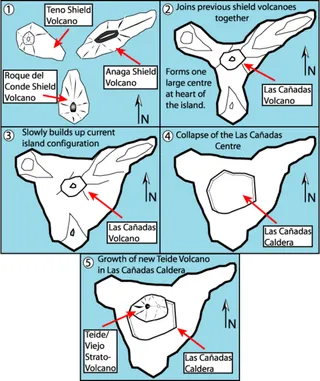
This makes Tenerife even more interesting than it already is. Each of the three parts of the islands are unique and you should go a see each of them and spot the difference in the landscapes.
Wildlife Safety
The most dangerous animals on Tenerife are probably goats.
We’re kidding about goats being dangerous, but we’re not kidding that there are no animals more dangerous than a goat on Tenerife. There are also no scorpions and no snakes, just numerous lizards. Plenty of lizards, skinks and geckos, but these are inoffensive.
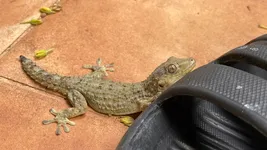
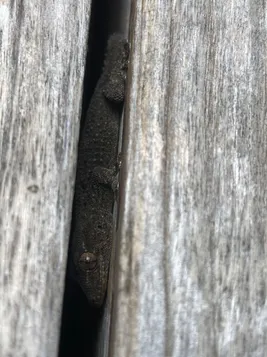

There are no snakes indigenous to Tenerife, however the Canary Islands faced an issue few years ago with California king snakes that were introduced on the islands by someone as a pet, but ran away into the wild and reproduced. Although not dangerous to humans, the snakes posed a threat to biodiversity and the ecosystem. The authorities managed to capture them (or at least most of them). Possession, transport traffic or trade of snakes is now prohibited. They say that currently snakes can only be found on Gran Canaria where authorities make efforts to control them. We have wandered a lot in nature and haven’t seen any snakes. If you see one it should be reported.
In case you’re like Diana, allergic to bee venom, then bees might be the dangerous thing on Tenerife. There are a lot of bees, especially in the avocado trees. Usually if you leave them alone they will not bother you, but accidents happen, so be prepared.
Guanches
The aboriginal inhabitants of Tenerife
Guanches were the first known inhabitants of the island when the Spanish conquered the Canary Islands. Since the temperatures on the island never drop too much, these people lived in caves, were farmers and also knew a thing about fishing. You will see a lot of caves all over Tenerife, caves that have been obviously dug up because of their straight walls, chambers and doors. For example you can see this kind of caves with rectangular doors at El Sauzal.
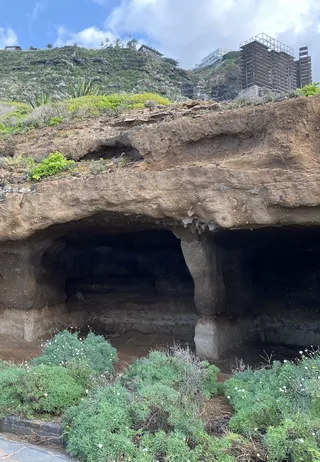
People still live in caves!
As crazy as it may sound, people still live in caves today. Mostly in the south of Tenerife where the temperatures are higher, there are places where modern, smart people decided to leave the comfort of a real home for a cave.
Did You Know?
The steepest street in the world might be in Tenerife
According to the Guinness World Record, Baldwin Street in New Zealand is the world’s steepest street. However, there has been a strong debate regarding this record. The main reason for the debate is the way the inclination is calculated. At its maximum, Baldwin Street is about 1:2.86 (19° or 35%). On its entire length, the average gradient for Baldwin Street is 22.3%.
Calle Monroy in Santa Ursula, Tenerife has a part of the road with a slope of around 40%. On this street, the average gradient on its entire length is 28.1%.
I seen Baldwin Street in New Zealand, and I have to admit that I have seen a lot of crazy streets in Tenerife. I believe that some small portions of these roads in Tenerife might also have a higher gradient than Baldwin Street as well.
I went as far as measuring the level of Calle Monroy (seen in the image below) and I had to hold the phone so it didn’t slide downhill on the road.
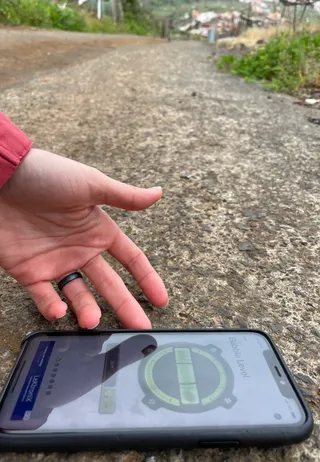
Packing for Tenerife
It takes a lot of planning for the perfect trip, but packing can sometimes be frustrating. Either packing too many things or packing too few can both ruin a bit of the fun. We’ve perfected our packing checklist over years and we believe it will be of good use for you too. We also have some travel packing tips & tricks to share to save you the hustle we once had.
 Travelfoss
Travelfoss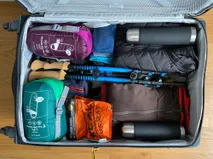
We hope that you also have some hikes in plan for your trip in Tenerife. The natural beauty of the island is so jaw-dropping and hiking will help you discover it better. If you’re wondering what you should take with you on a hike, we made and article to help you with that too.
 Travelfoss
Travelfoss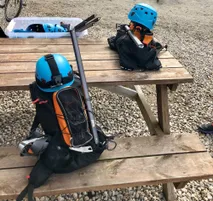
Enough talk, let’s walk the walk!
Related Travel Articles
- 7 Unique Travel Destinations for 2024
- What To Pack For Tenerife
- Travel to Tenerife Itinerary - Map Included
- Best Hikes in Rural de Anaga Park, Tenerife
- Other Natural Monuments and Reserves in Tenerife
- Top Hikes in Rural de Teno Park, Tenerife
- Hikes in Reserva Natural Especial del Chinyero, Tenerife
- Hiking in The Corona Forestal, Tenerife
- Best Hikes in Teide National Park, Tenerife
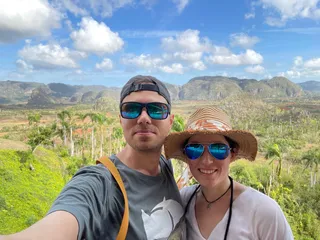
Writing free, independent and personal travel content since 2021. If you appreciate what we do, then you can return the favor by using the affiliate links below.
- Get your accommodations on Booking.com
- Buy your gear and gadgets from Amazon
- Book flights using Expedia
- Book activities on Get Your Guide
- Book guided trips on G Adventures
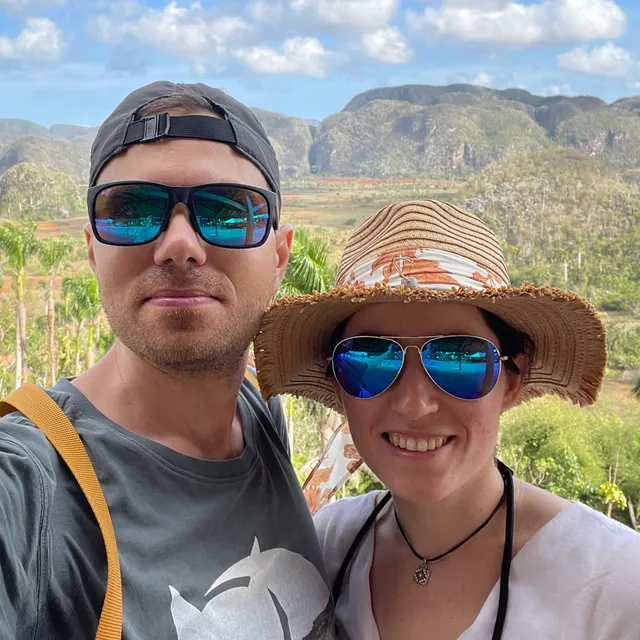
Writing free, independent and personal travel content since 2021. If you appreciate what we do, then you can return the favor by using the affiliate links below with no cost for you.
